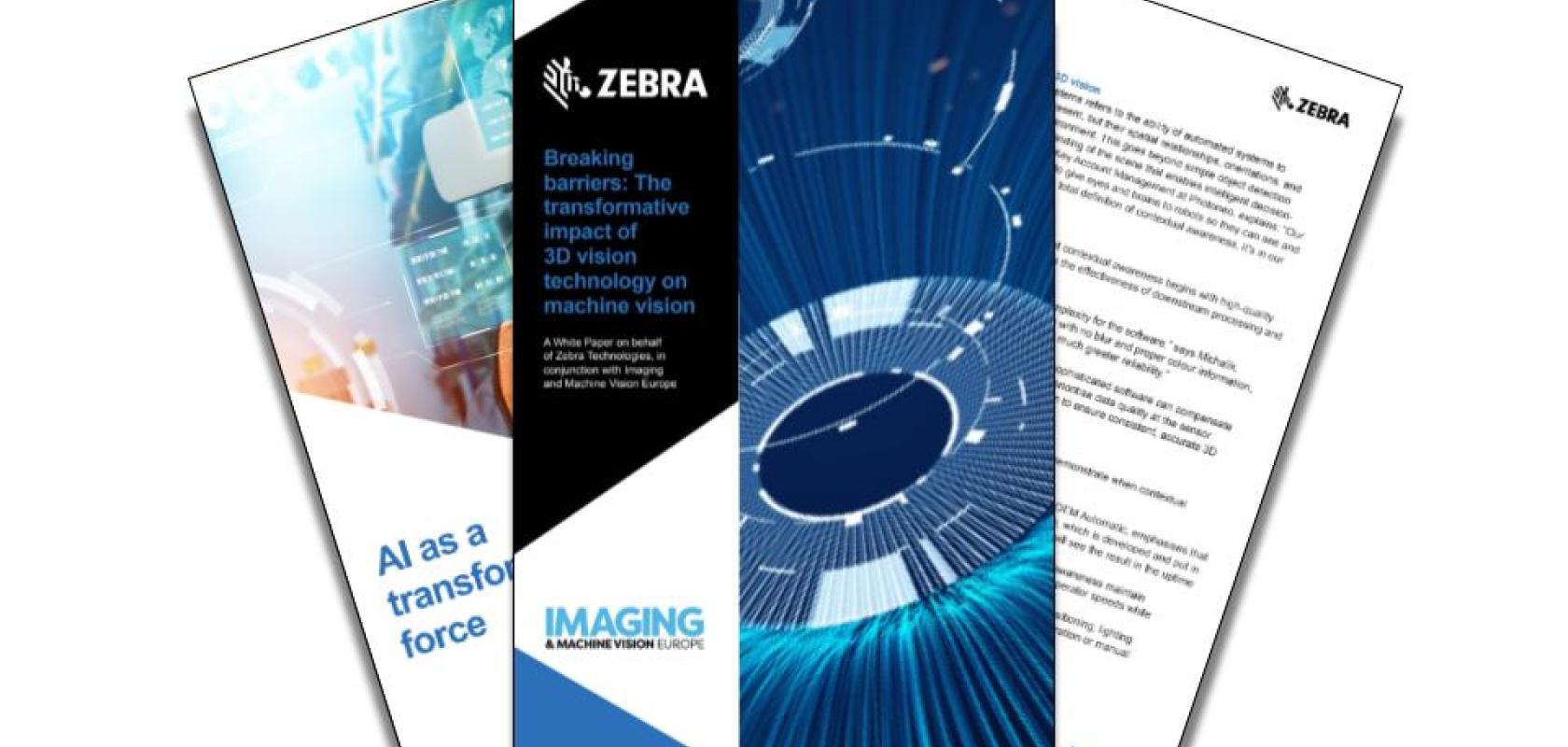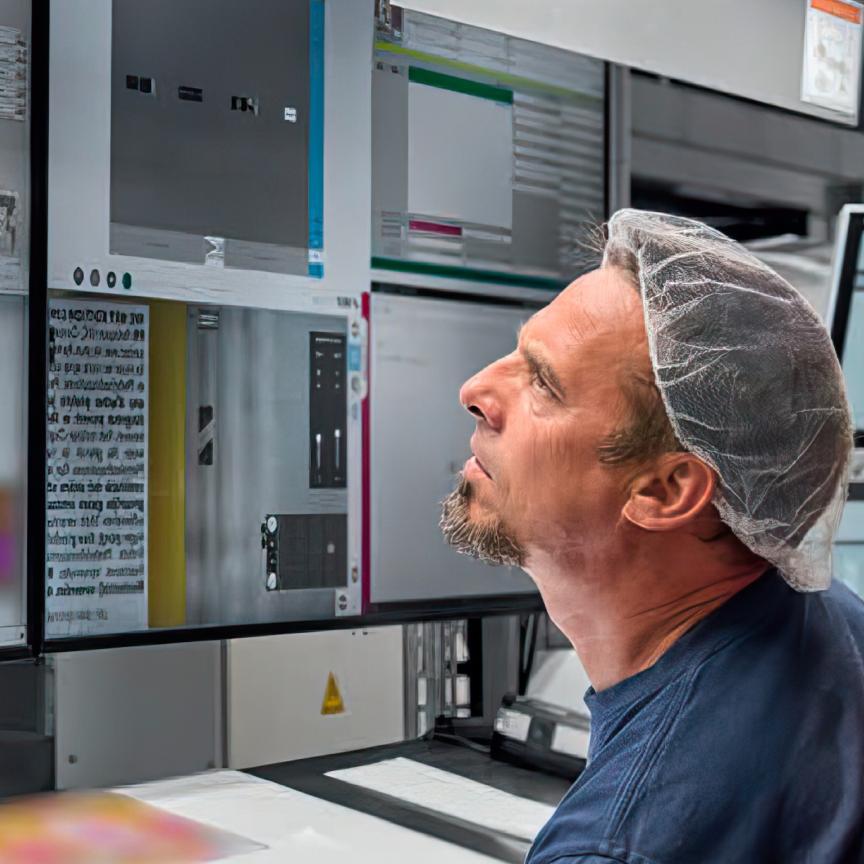Breaking Barriers: The Transformative Impact of 3D Vision Technology on Machine Vision

Breaking Barriers: The Transformative Impact of 3D Vision Technology on Machine Vision - A White Paper in association with Zebra Technologies
Today's manufacturing environments face unprecedented pressure to deliver flexibility, quality, and efficiency whilst managing increasing complexity and customisation demands. Traditional 2D vision systems, whilst effective in controlled settings, struggle to provide the contextual awareness needed for truly intelligent automation in dynamic production environments.
Drawing from a comprehensive roundtable discussion with experts from across the 3D vision ecosystem, including OEMs, integrators, connectivity specialists, and end-users, this White Paper explores how 3D vision technology is fundamentally transforming manufacturing automation. Drawing from an exclusive roundtable discussion with leading industry experts, including OEMs, integrators, connectivity specialists, and end-users, it provides practical insights into the real-world deployment of 3D vision systems across diverse manufacturing sectors.
Who should read this white paper?
This useful resource is designed for:
- Manufacturing directors and operations managers evaluating automation investments
- Vision engineers and systems integrators implementing advanced inspection solutions
- Production leaders seeking to improve quality control and operational efficiency
- Technology decision-makers planning digital transformation initiatives
- Anyone responsible for bridging the gap between traditional automation and intelligent manufacturing
What you'll discover
Inside this comprehensive white paper, you'll find:
Contextual awareness: Understanding how 3D vision systems perceive spatial relationships and enable intelligent decision-making beyond simple object detection
Integration strategies: Proven approaches for overcoming the challenges of merging traditionally separate domains, machine vision inspection and vision-guided robotics
AI applications: Practical insights into where artificial intelligence delivers tangible benefits in 3D vision, from enhanced object recognition to adaptive quality control
Industry-specific requirements: Tailored strategies for automotive, logistics, and general manufacturing applications, each with unique demands and implementation considerations
Technical solutions: Innovative approaches to common obstacles including lighting management, multi-surface challenges, and speed-versus-quality trade-offs
Workforce development: Critical guidance on building the skills and capabilities needed to support advanced vision systems
ROI assessment: Practical frameworks for quantifying return on investment beyond simple labour replacement

